The Father of the Royal Thai Navy
“Om Chumphon Juti Itthikaranang Sukho Namo Buddhaya Na Ma Pa Ta Cha Pa Ka Sa Ma A U”
When you hear the name Prince Admiral Abhakara Kiartivongse, Prince of Chumphon, many might recognize his legacy as the Father of the Royal Thai Navy. Revered for laying the foundation of modern naval forces in Siam, he was also a healer in traditional Thai medicine, earning the nickname “Doctor Phon the Divine Doctor.” But beyond the widely known, there’s a lesser-told chapter of his life—his time at Pak Khlong Makham Thao.

December 19 marks the birth anniversary of Prince Abhakara (December 19, 1880 – May 19, 1923), a man whose life was intricately tied to the number 19. Not only was he born and passed away on the 19th, but on April 19, 2001, the Thai Navy officially honored him with the title “Father of the Royal Thai Navy” for his pivotal role in modernizing the navy to align with Western standards.
Born the 28th child of King Rama V and Chao Chom Manda Mod, daughter of Chao Phraya Surawong Waiyawat, Prince Abhakara led a colorful and eventful life, filled with ups and downs, before ultimately being remembered with great reverence.

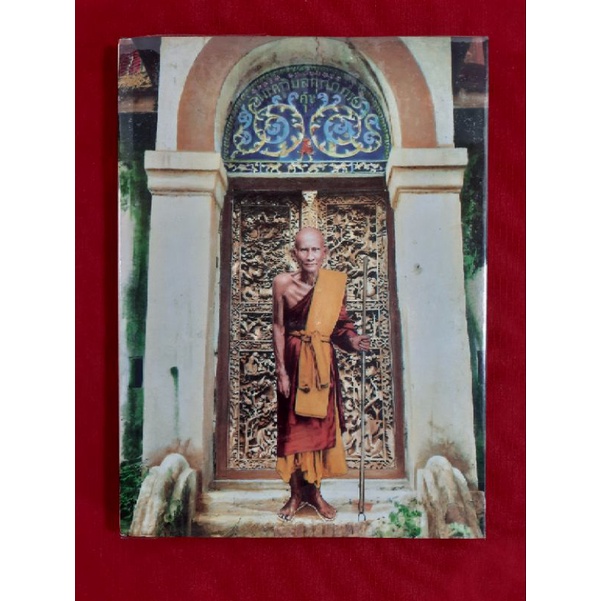
Life at Pak Khlong Makham Thao
One fascinating chapter of the Prince’s life unfolded at Pak Khlong Makham Thao, where he lived with his family for a time. There, he studied under the revered Luang Pu Suk, formed close bonds with locals, and became an integral part of the community. Stripped of royal formalities, he dressed simply in a round-neck shirt, a red loincloth, and flip-flops, blending seamlessly with village life.
This period is documented in the book Biography of Phra Khru Wimolkunakorn (Suk) of Wat Pak Khlong Makham Thao, Chainat Province, written by Dr. Samnuan Palawatwichai.
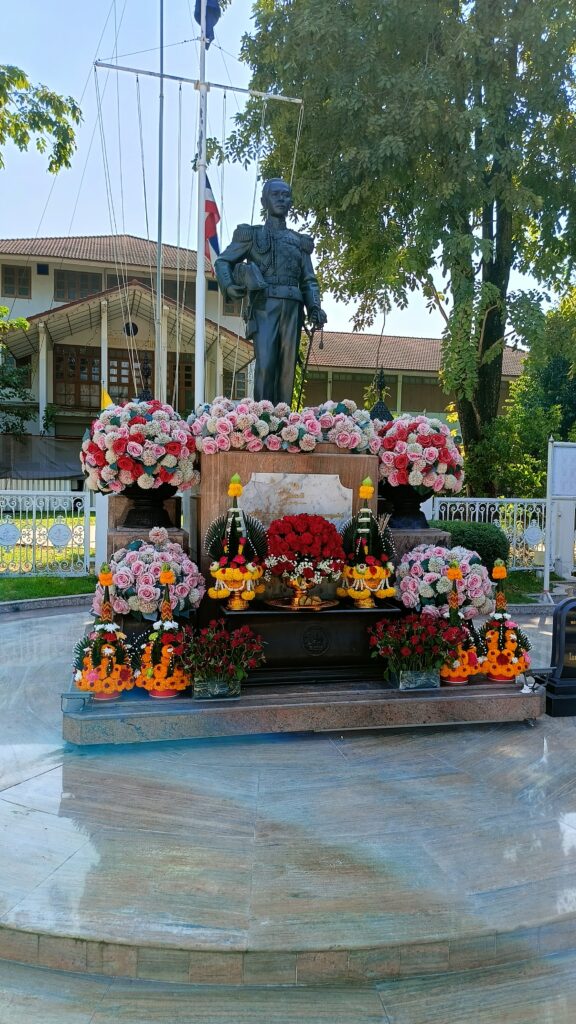
Anecdotes from the Village
At Pak Khlong Makham Thao, the Prince’s wit and charm often left lasting impressions. On one occasion, during a sermon at the local temple accompanied by a traditional Thai music performance, he remarked that the musicians “played as if maids were banging coconut shells.”
His foreign spouse, Mom Daisy (Mom Linjong Bunnag), also sparked curiosity among the villagers with her distinct appearance. Crowds would gather in the market just to catch a glimpse of her.
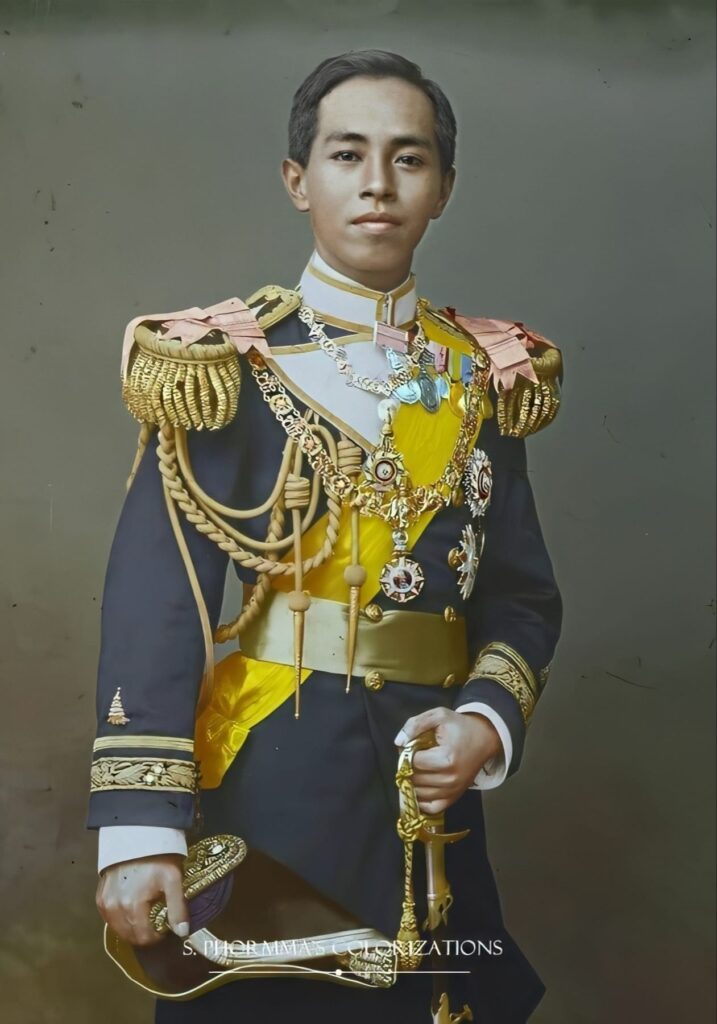
During one Songkran festival, villagers gathered on the sandbanks across from the temple to celebrate. Some members of his household joined the fun without seeking permission, only to return and face the Prince’s reprimand—a swift tap with his walking stick.
The Prince also enjoyed hunting trips at Nong Tha Ruea, venturing into the dense jungles teeming with wildlife like tigers and crocodiles. Villagers had to clear pathways to ensure safe passage. These excursions often turned into grand picnics with food prepared for everyone in his entourage, which included both royals and locals.

The Prince’s Favorite Drink
One particularly charming tale involves the Prince’s fondness for a local homemade fermented drink called Ai Pae. He once instructed a villager, “Bring me a jug of that sweet and bitter drink under the tamarind tree every day, and I’ll pay you one baht daily.” When authorities arrested the drink’s maker, the Prince intervened, paying the fine and ensuring the man could continue brewing without interference.
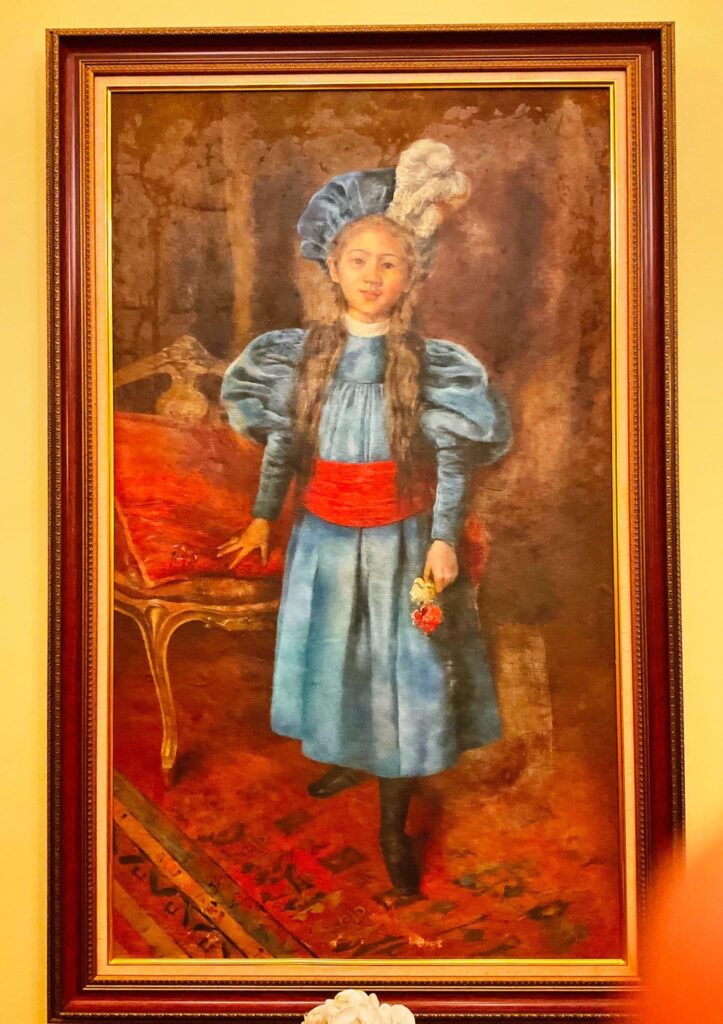
The Mystery of Mom Daisy
Mom Daisy, or Mom Linjong Bunnag, was the daughter of Phraya Suriyanuwat and Khun Ying Linchee. She was not only the Prince’s spouse but also a trailblazer in her own right as the first female Minister of Finance. Tragically, it’s said that upon the Prince’s marriage to another, Daisy took her own life. The Prince himself retrieved her body, and it was never seen again, leaving this story wrapped in enduring mystery.
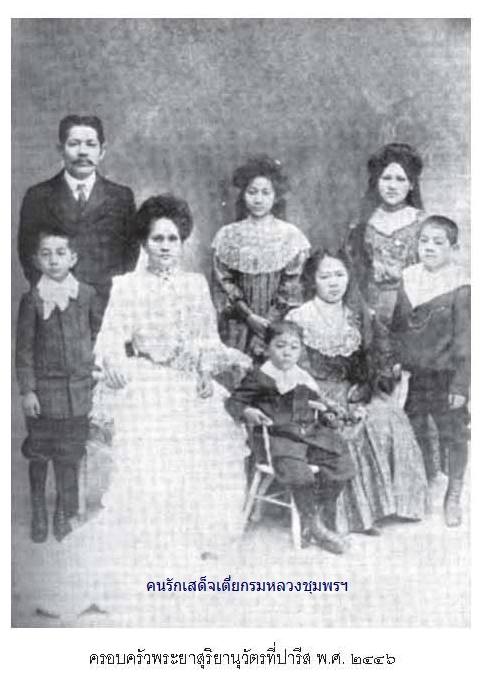
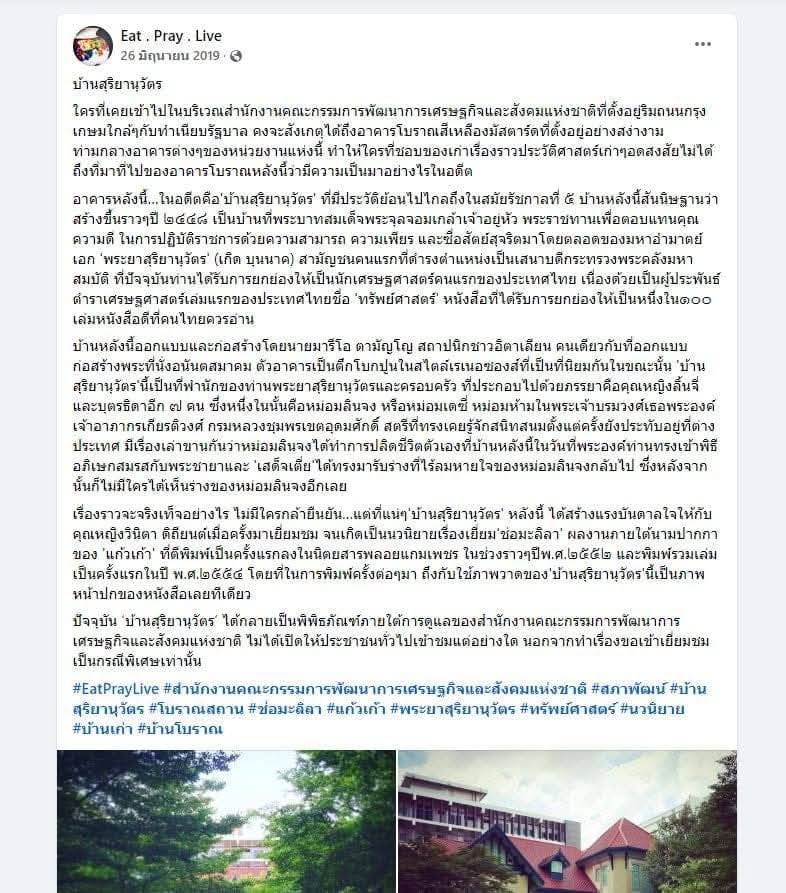
A Life Remembered
Prince Abhakara’s time at Pak Khlong Makham Thao reveals a more personal and relatable side of this royal figure. From his camaraderie with villagers to his love for simple pleasures, these untold stories add depth to his legacy.
Written by: Nai Mu










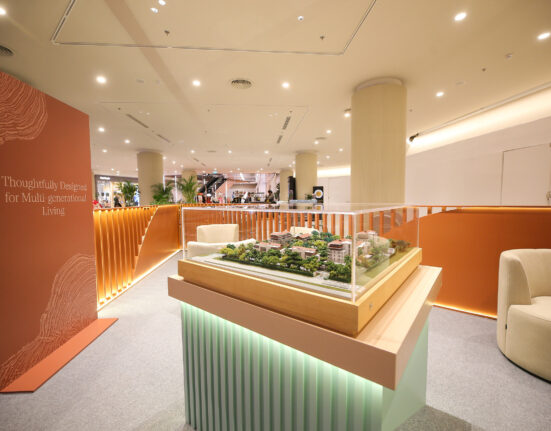
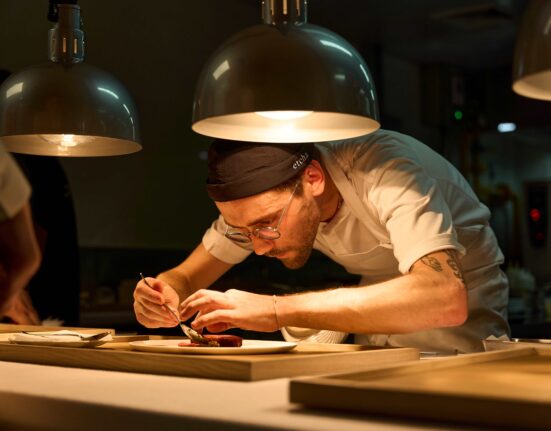
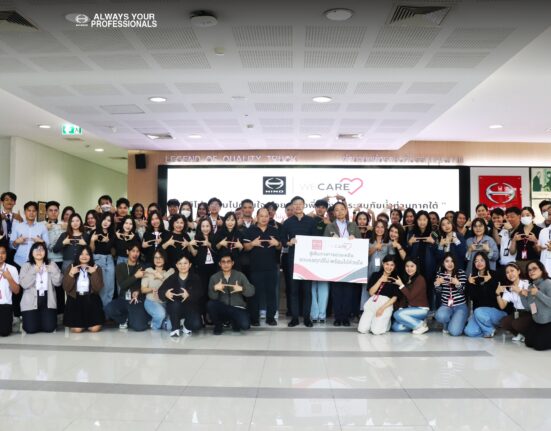


Leave feedback about this